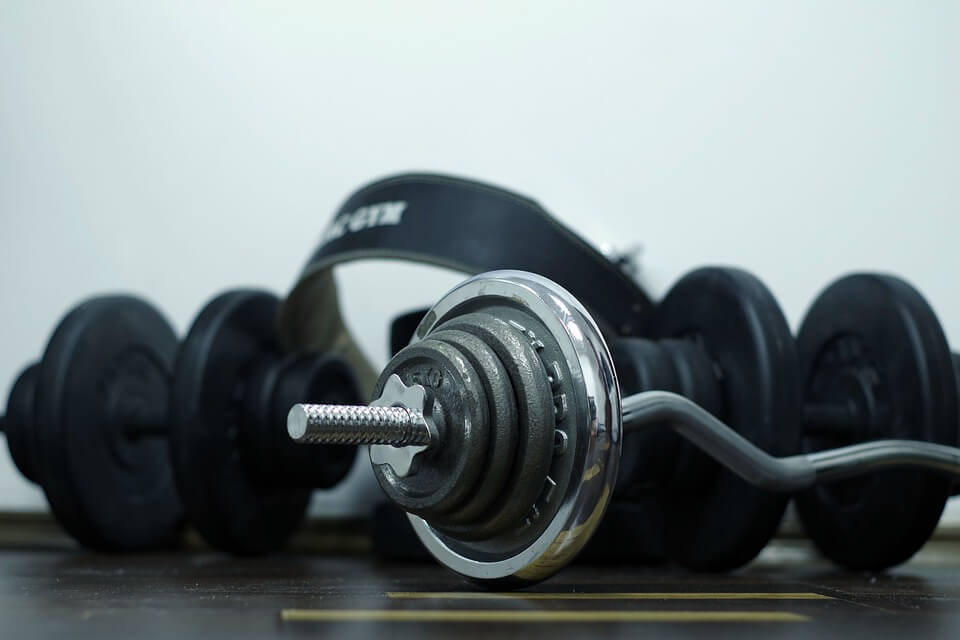Contrary to what you may think, lactic acid is not responsible for the soreness felt in muscles days after strenuous exercise. Read on to discover why lactic acid is actually good for our bodies.
What is lactic acid?
Lactic acid, or lactate is the by-product of anaerobic energy production of the body. A simple example of this anaerobic energy product would be weight lifting or sprinting. The body requires energy products at a higher rate than the body can adequately deliver oxygen.
When the body is required to create energy anaerobically (meaning: without oxygen) the energy comes from glucose. Professor Stephen Roth, School of Public Health at the University of Maryland, explains that through a process of glycolysis the glucose is broken down into a substance called pyruvate. When the body has limited oxygen (in a state of anaerobic activity) this pyruvate is temporarily converted into lactate which allows glucose breakdown and thus, energy is produced to continue to power the body.
What does lactate do to our bodies?
Lactate is responsible for the burning sensation felt in the active muscles during strenuous activity. Think about the feeling you get in your quadriceps after sprinting. Lactic acid plays an important role in ensuring the body knows its limits and forcing recovering when needed. This is why lactic acid is actually very good for us.
Muscle soreness
Interestingly, the soreness felt in muscles 1-3 days after strenuous activity has nothing to do with the lactate in our bodies produced during anaerobic activity. Rather, researchers found that delayed onset muscle soreness (DOMS) has very little correlation with lactate levels with research suggesting it is more to do with muscle cell damage and repair process. For more info check out this article.
For more interesting posts, check out:
– Beginners’ guide to hot and cold therapy
– Sore back: ice or heat?
– Not forgotten: First aid kit contents checklist
CoolXChange supports active lifestyles. The gel bandage provides cooling and compression with no need for refrigeration. Keep the bandage handy in your first aid kit or your glovebox.


Recent Comments